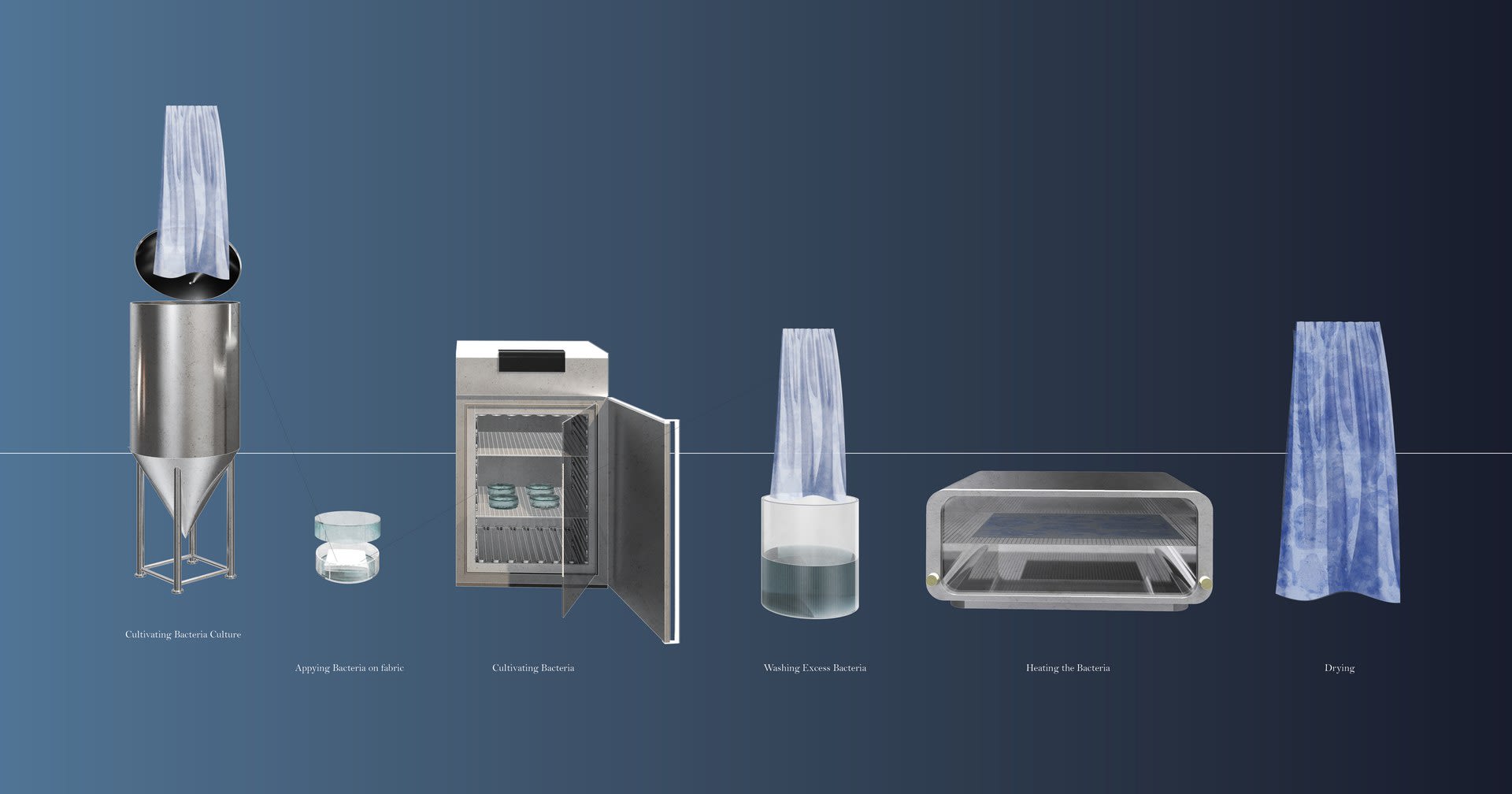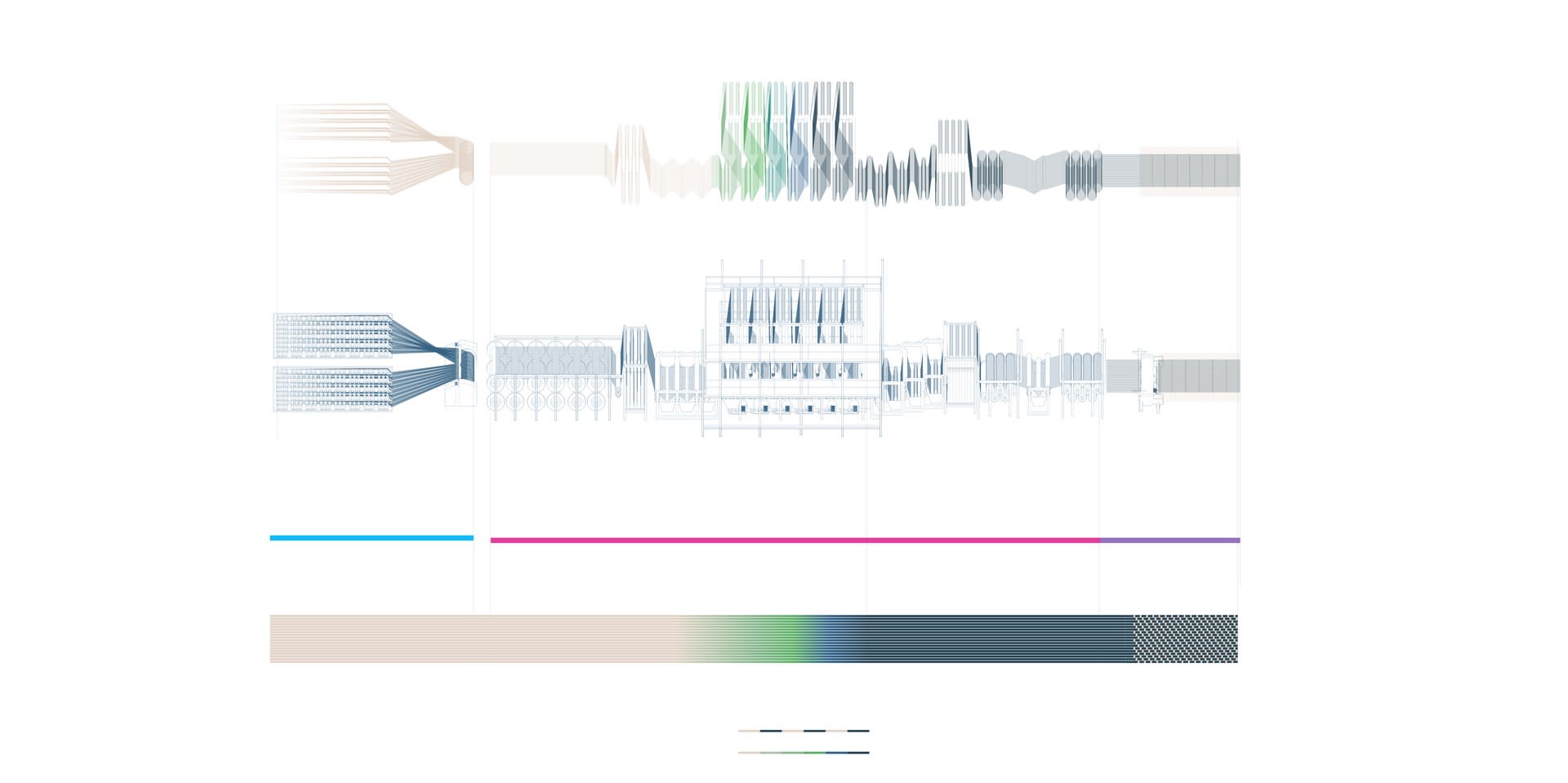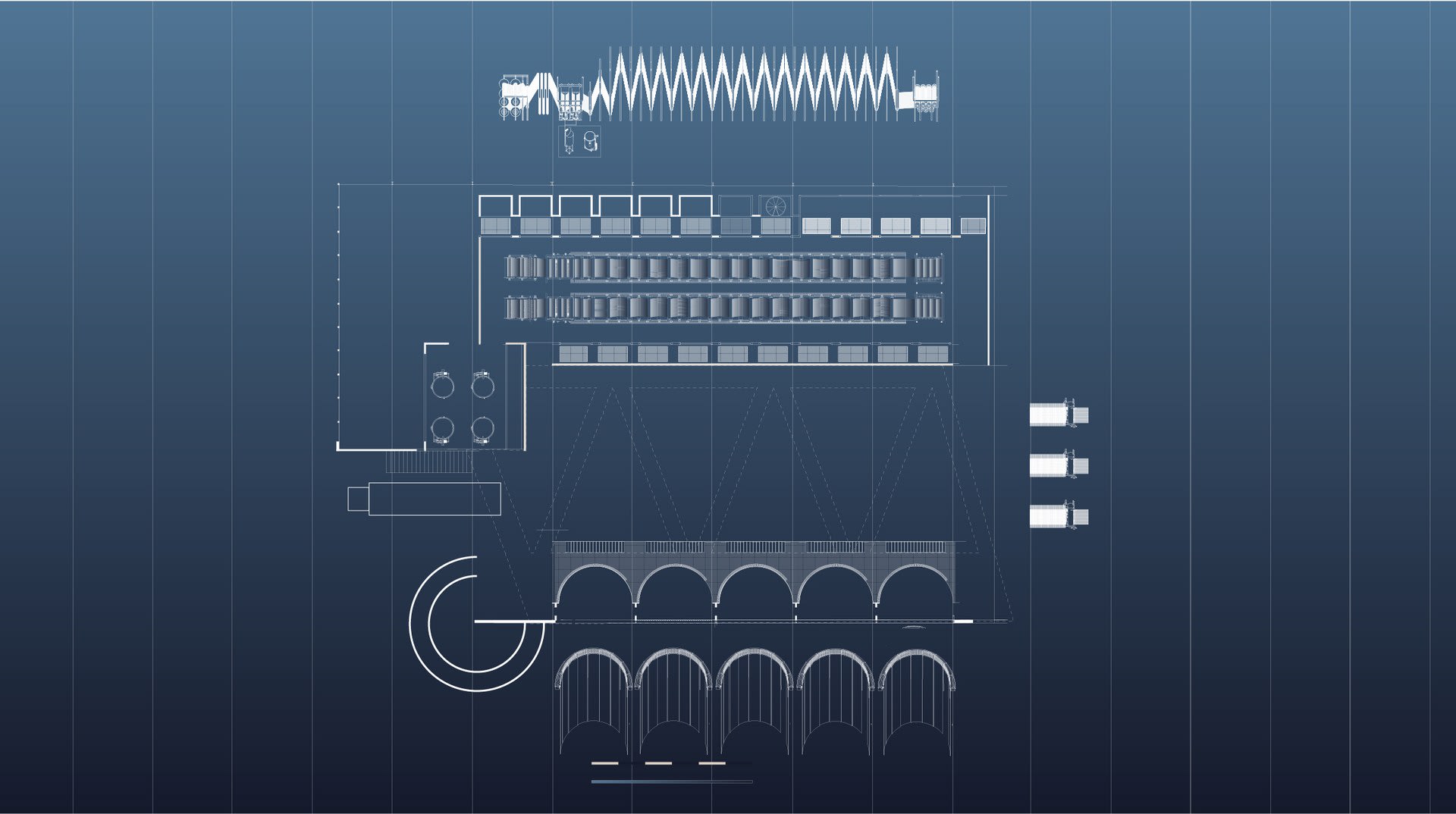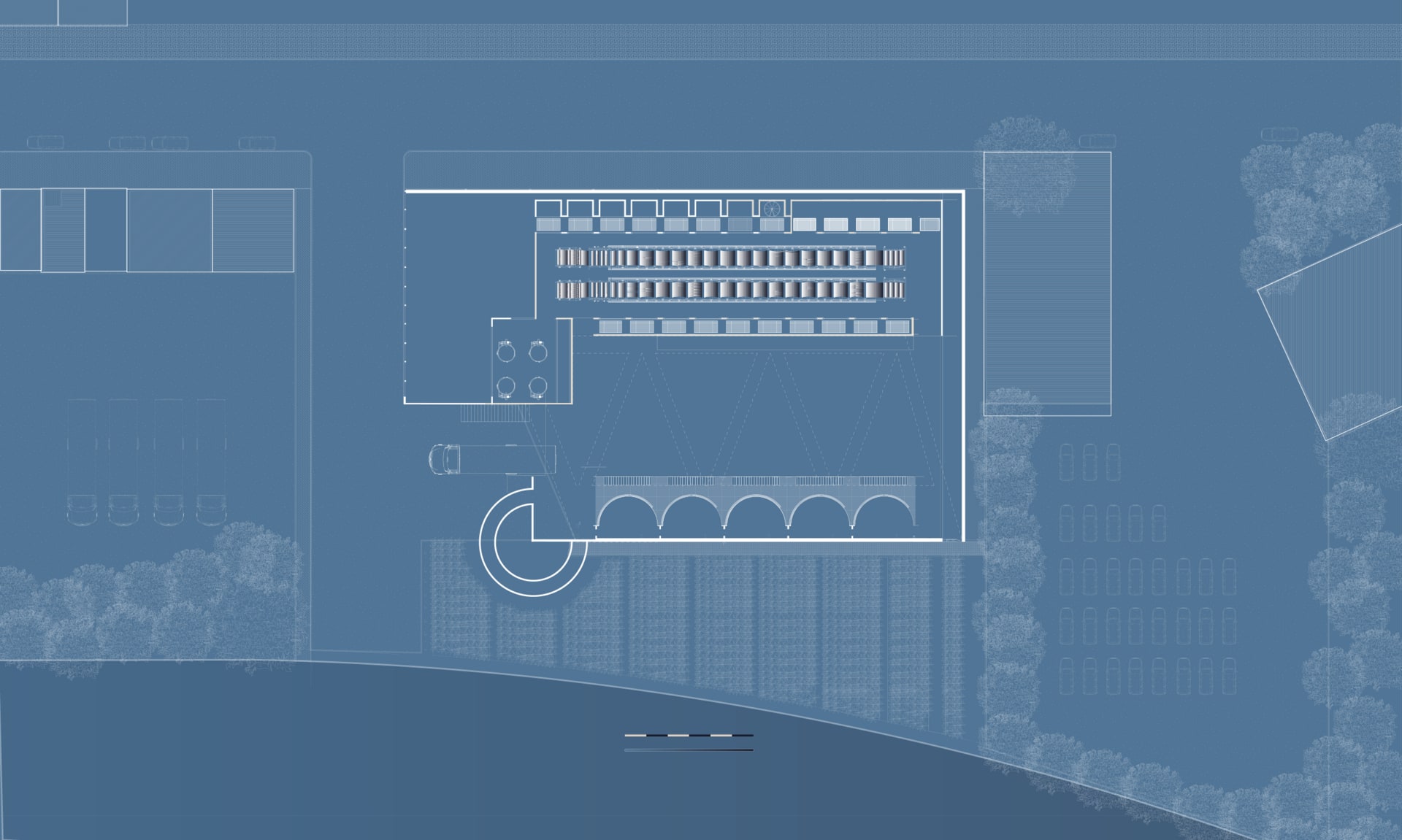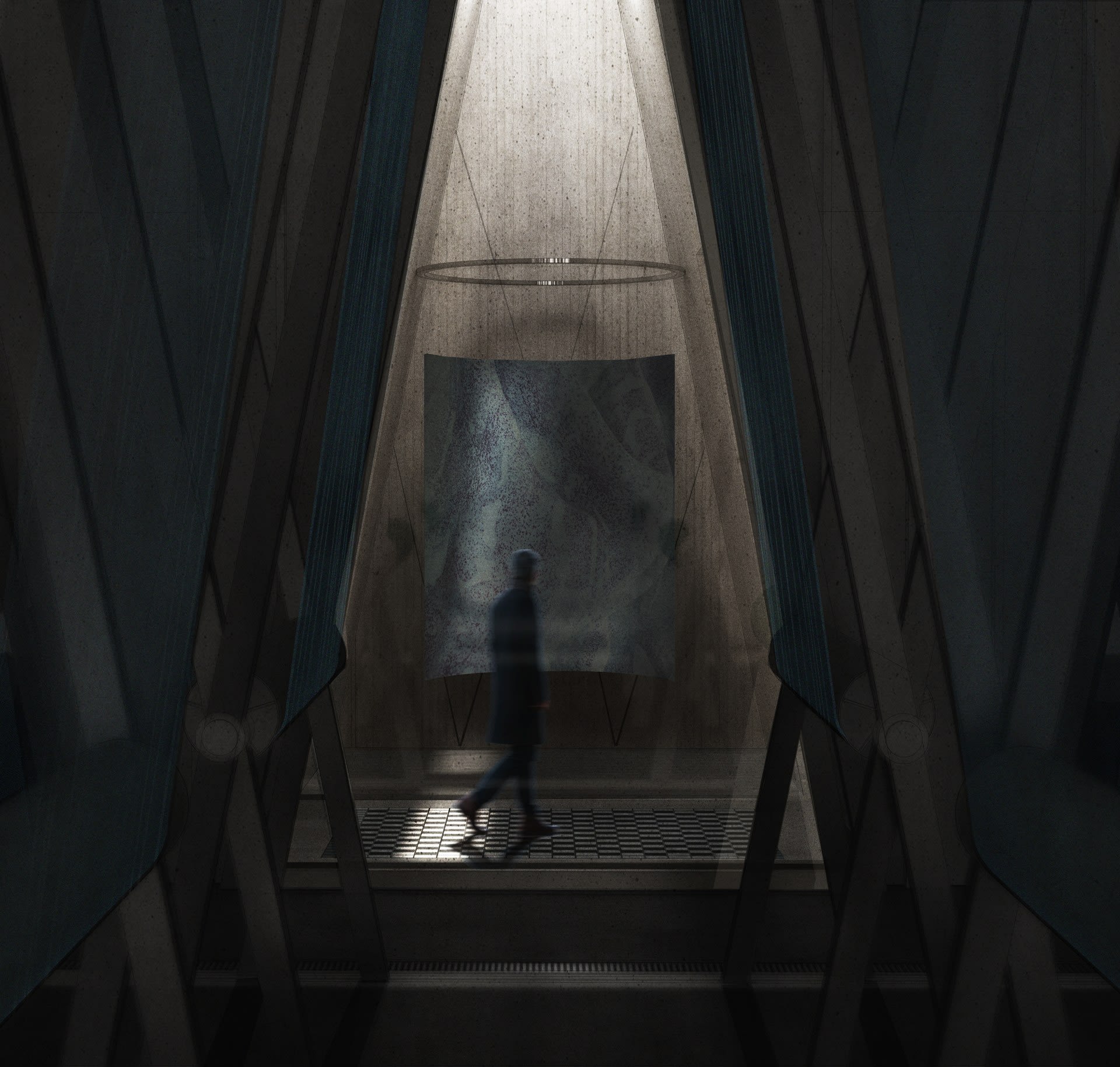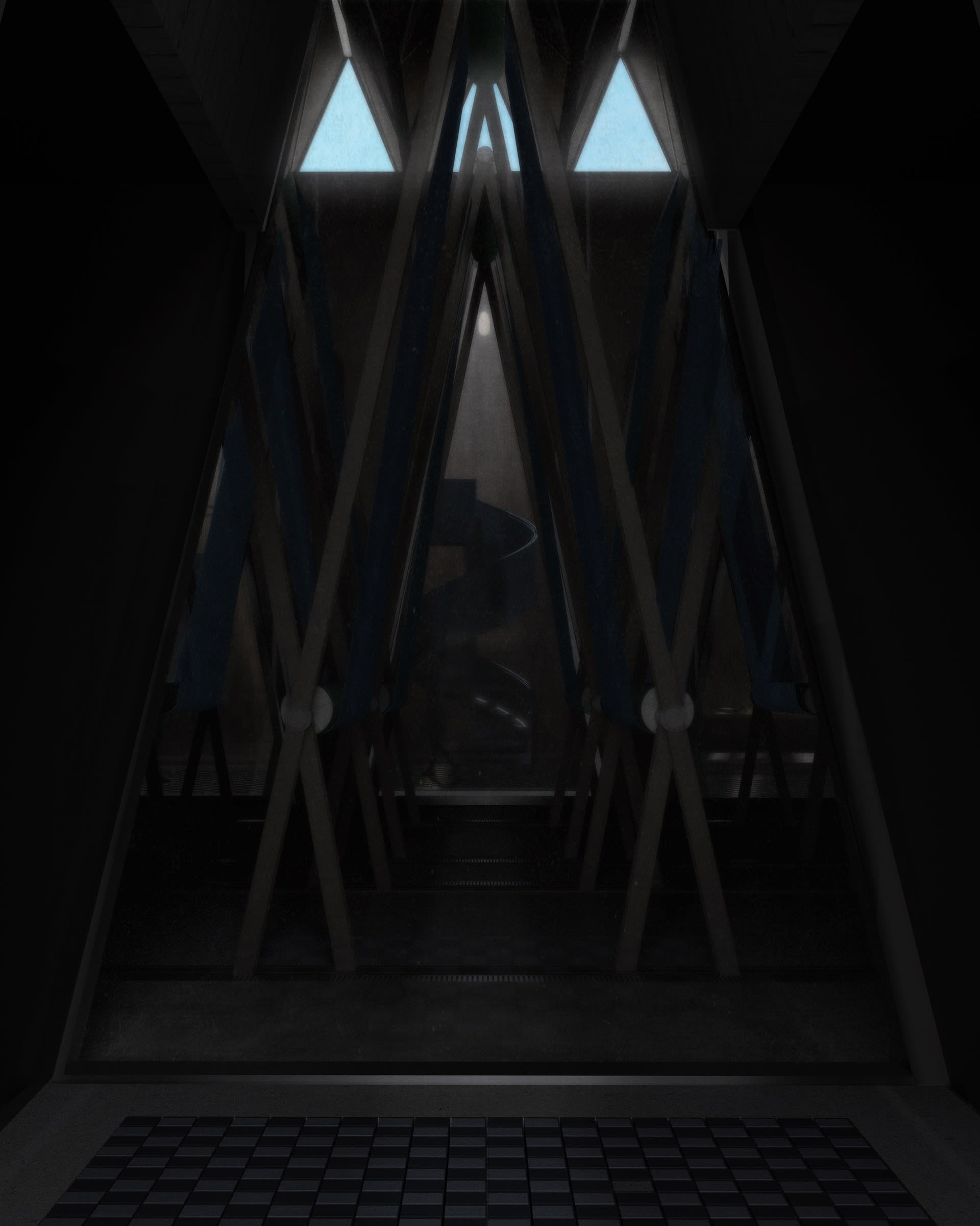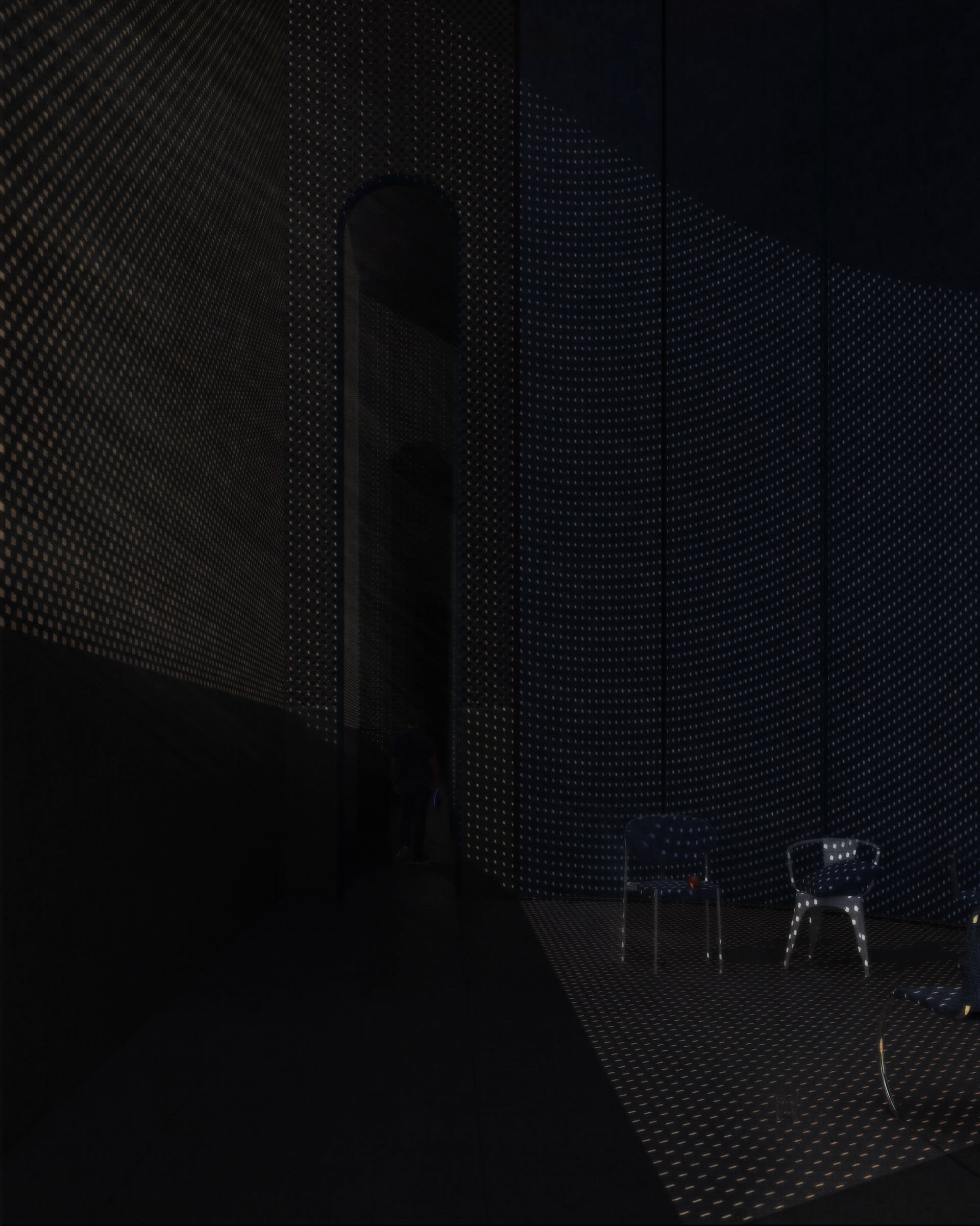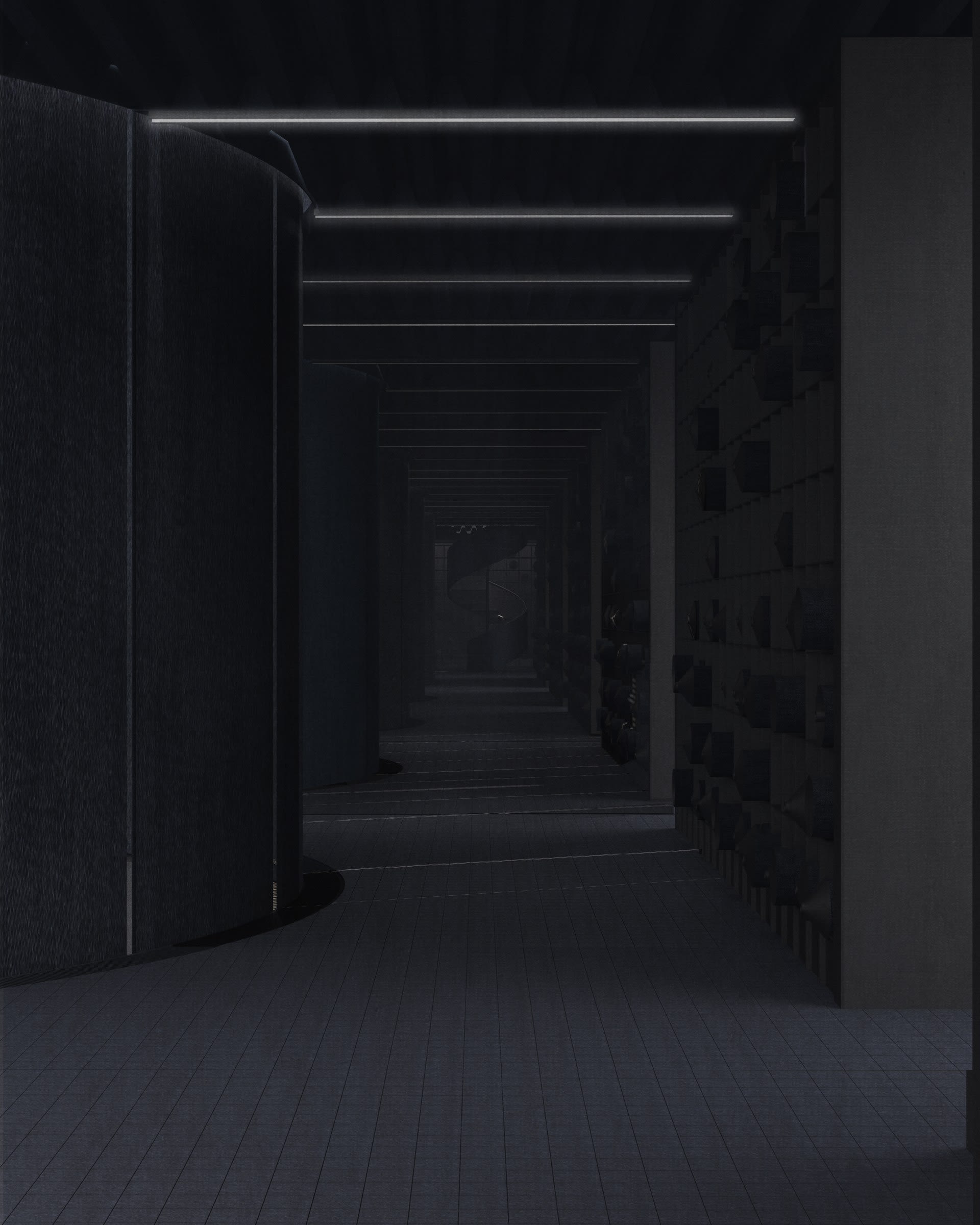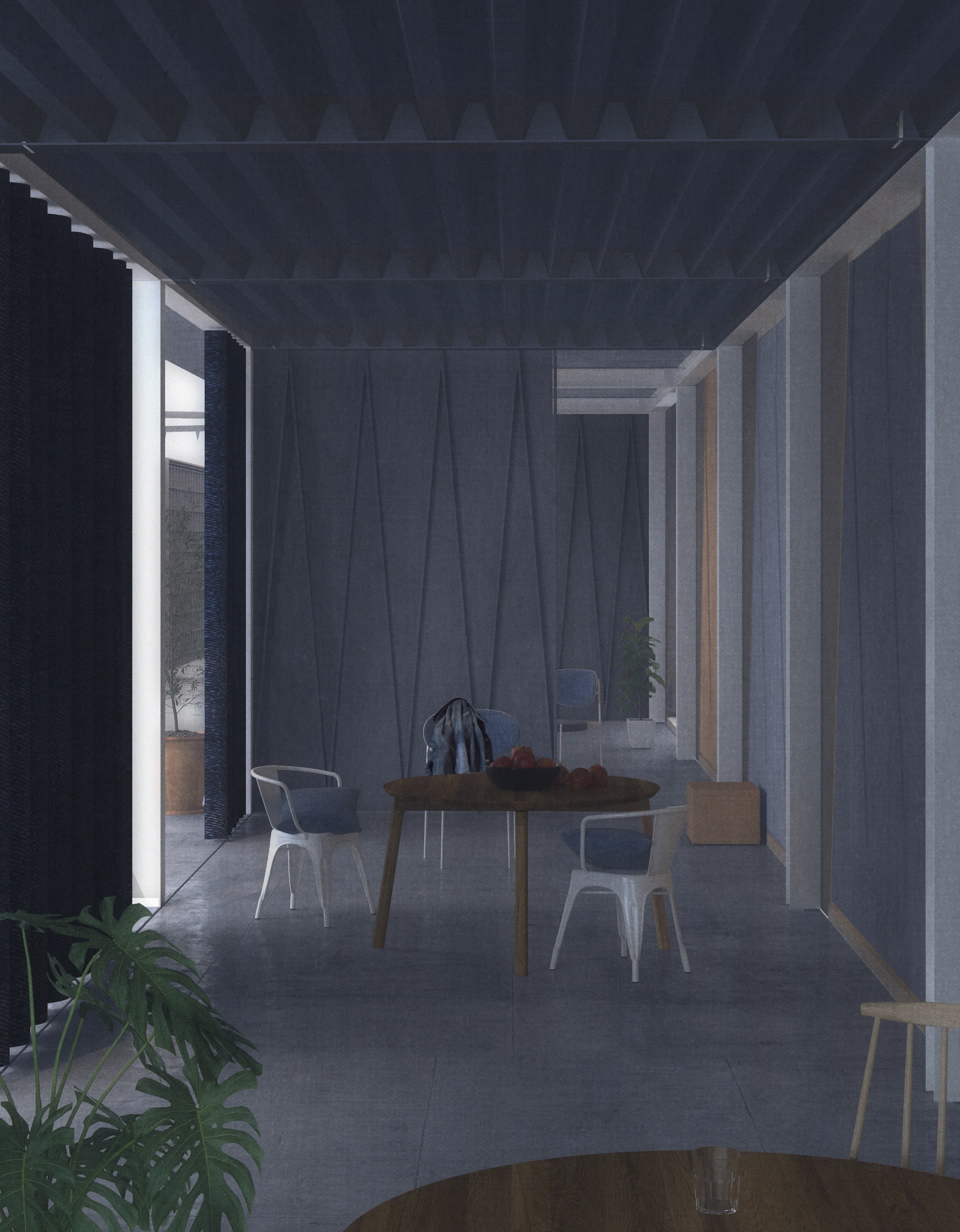Denim uses twill weaving, which contains characteristically diagonal patterns called “wales”, allowing the yarn to be compact, tightly together, making it stronger and thicker. This allows soil to hide better than the same materials made from the plain weave, which was originally produced for miners and workers.
Historically and culturally, this fabric represents the lifestyles of miners and cowboys, later perceived as the sign of intellectuals during the 1940’s. Denim is popular not just because of its structural integrity, but also its cultural richness much like twill weaving.
However, the rise of fast fashion changed the meaning of a pair of jeans. Consumers are no longer searching for the functionality of jeans, but rather the aesthetic, low cost and trendiness of the product. Thus retailers search for low cost, fast production factories to meet such demand, migrating from the US to Mexico and eventually China, Indonesia and Bangladesh, countries with less strict environmental regulations than the United States.
The East River in Xintang, near the Pearl River Delta, has been dyed blue and peculiar smells indicate how factories pour untreated dye water into the river. The township government attempted to “clean up” the city by planning to move 80 factories to the Xinzhou Environmental Industry Park. However, many remaining factories did not know how to get rid of their waste water, hence they secretly poured it back into their river. Recently, Greenpeace published a survey revealing that at three sampling sites in Xintang, the amount of cadmium in the riverbed within one of the samples of the river mud concentrated 128 times over the national environmental standards.
The metabolic pathway of a pair of worn denim is similar to our environment. As we wear denim, its indigo molecules chip off and the dye stays in the intersection of the strings. Same as our environment, the cotton string acts as the river and the indigo molecule as cadmium. While cadmium molecules flow through the river, they get trapped in farmland and inside the bodies of organisms., Much like the conjuncture of the woven weave of our jeans, fast fashion pollutants weave the environment with our bodies. In a rice-field in Dongguan, near Xintang, rice contains 4 times more cadmium than the safety limit,1000 milligrams of cadmium are trapped in 1 Ha of rice. Bioaccumulation occurs when an animal accumulates cadmium-polluted food from the environment into its body. Biomagnification of cadmium occurs when the concentration of cadmium increases from one link to another, which also applies to the human body, damaging our kidneys and accelerating bone demineralization. Relocating factories without changing the production of denim, it simply migrates the pollution elsewhere. Redesigning the product and the production process seems to be the best approach for the project.
“The Bacteria Denim Factory” is proposed as an alternative denim production process to address water pollution from the fashion industry in China. Focusing on the color blue, this project aims to phase out all usage of hazardous substances during the production process. This project explores post-industrial metabolism through the future of denim. Using “Bacteria Dyeing” as the backbone, it offers a multiscale architectural proposal to rethink and redesign a new denim manufacturing process. This is done by identifying the new proposed yarn as the habitat of coloring bacteria rethinking machineries and spatial relationships in the factory.


